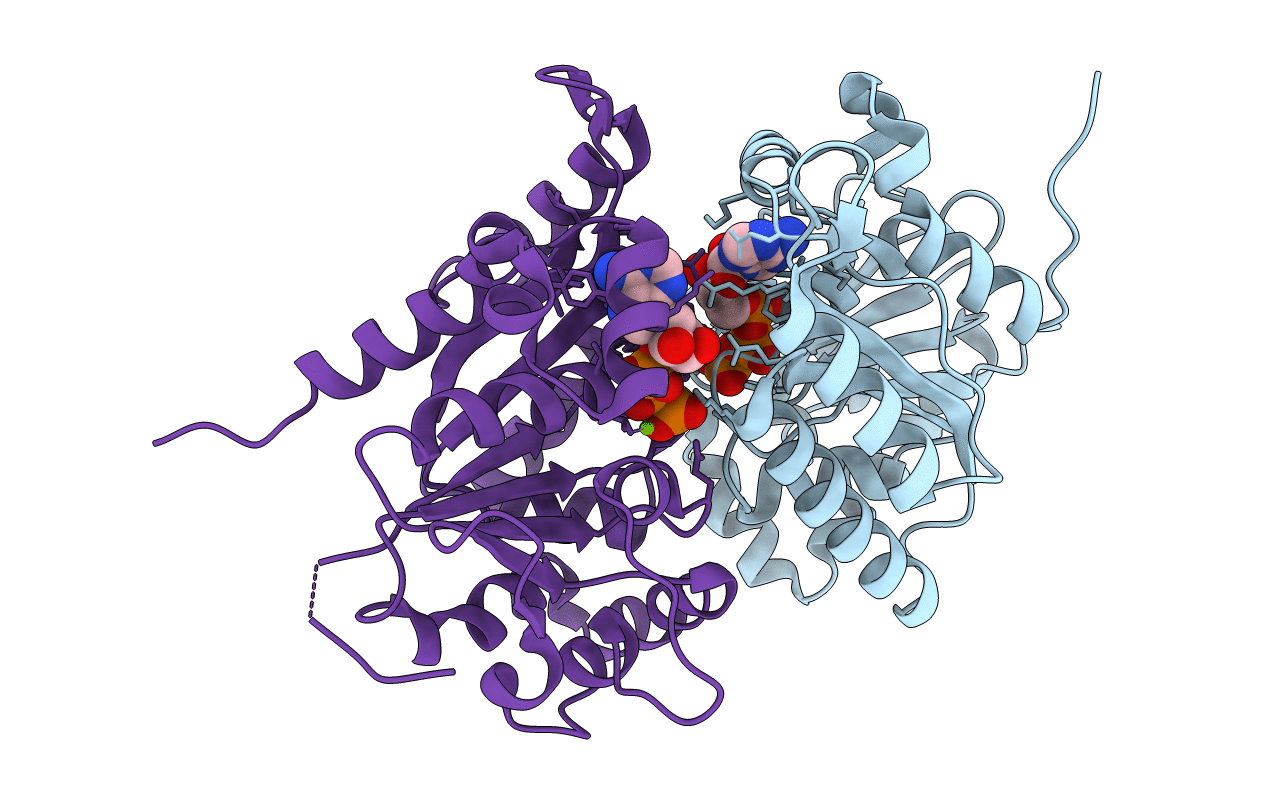
Deposition Date
2019-01-16
Release Date
2019-04-24
Last Version Date
2023-10-11
Method Details:
Experimental Method:
Resolution:
1.70 Å
R-Value Free:
0.20
R-Value Work:
0.18
R-Value Observed:
0.18
Space Group:
P 31 2 1


